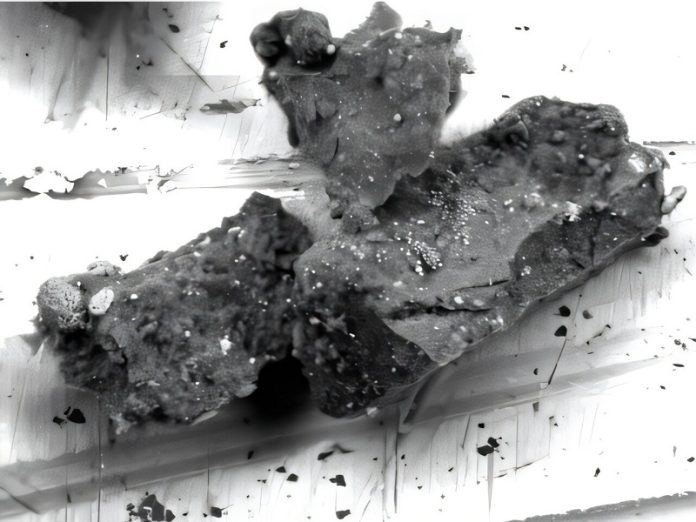
Scientists have made a surprising discovery inside a tiny grain from the asteroid Ryugu that could change what we thought we knew about how asteroids—and even the solar system—formed.
A research team from Hiroshima University has found a rare mineral called djerfisherite inside one of the samples returned by Japan’s Hayabusa2 mission.
Ryugu is a primitive, carbon-rich asteroid that’s thought to be similar to ancient meteorites known as CI chondrites.
These meteorites contain water-altered minerals and formed in the cold, outer regions of the solar system.
Scientists believed Ryugu had a fairly uniform composition, shaped by relatively mild conditions, with temperatures never rising above about 50°C.
That’s why the discovery of djerfisherite was such a shock.
This mineral usually forms under much hotter and chemically different conditions—more like those found in meteorites that formed in the inner solar system, such as enstatite chondrites.
These inner system materials form in high-temperature environments or during chemical reactions involving hot, potassium-rich fluids at temperatures above 350°C.
“It’s like finding a tropical seed frozen in Arctic ice,” said Associate Professor Masaaki Miyahara, lead author of the study.
“It either came from somewhere completely different, or Ryugu once had a very different environment than we thought.”
The research team wasn’t even looking for djerfisherite when they found it. They were studying how exposure to Earth’s atmosphere might change the surface of Ryugu grains using an advanced microscope technique.
But when they examined grain number 15 from one of the sample plates, they spotted the unexpected mineral.
This discovery could mean one of two things: either the djerfisherite formed on Ryugu during an unknown high-temperature event, or it came from another part of the solar system and was somehow mixed into Ryugu during its formation. So far, early evidence suggests the mineral may have formed directly on Ryugu, hinting that its past may have been more complex than scientists imagined.
Ryugu’s parent body is believed to have formed between 1.8 and 2.9 million years after the solar system began, in the cold, icy outer regions.
But the presence of djerfisherite suggests that, at least in some places, much hotter conditions may have existed, or different materials may have mixed together in ways we don’t yet fully understand.
The researchers now plan to study the isotopic makeup of this and other Ryugu grains to find out more about where the material came from. Their goal is to piece together the early history of the solar system—how heat, water, and materials moved and mixed in the chaotic early days of planet formation.



